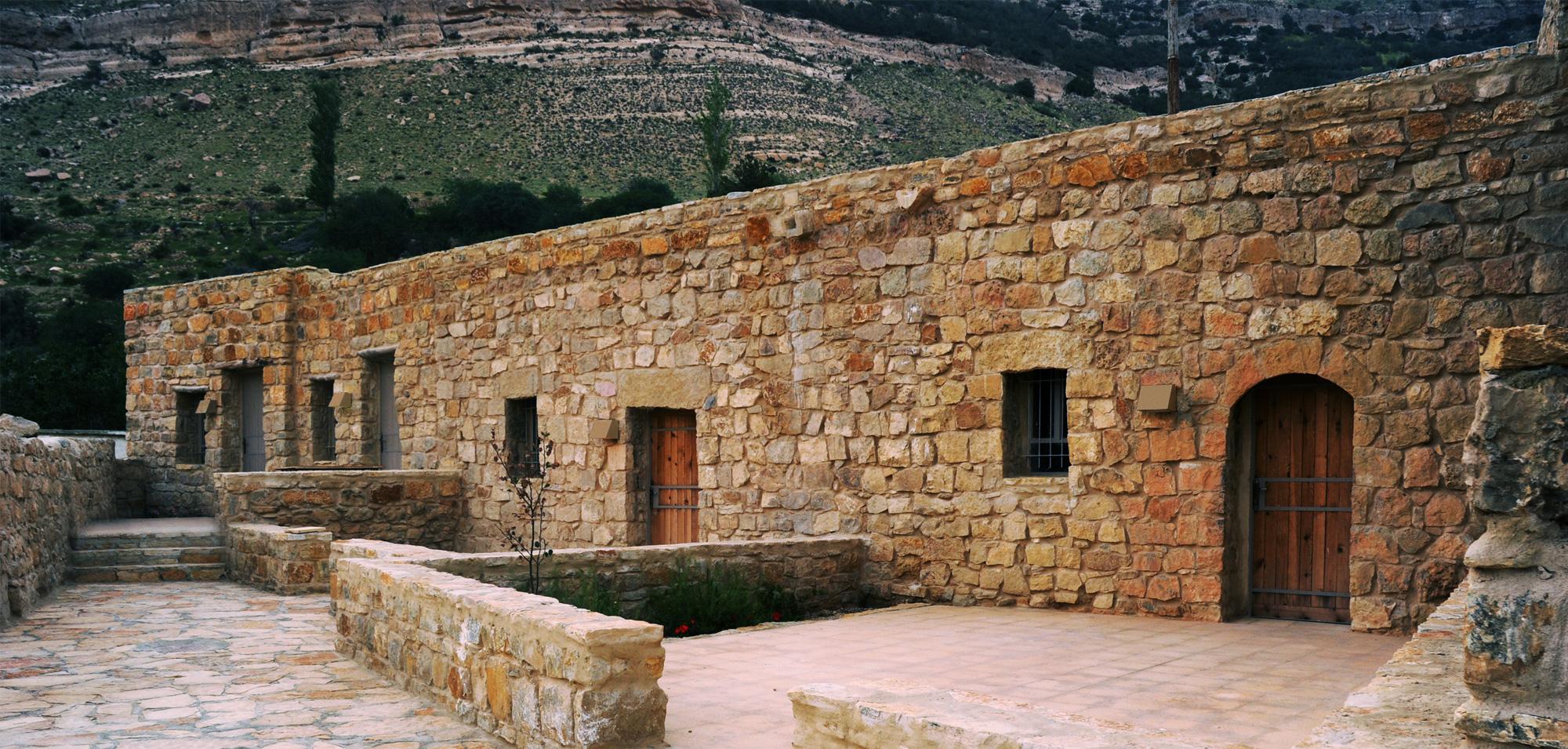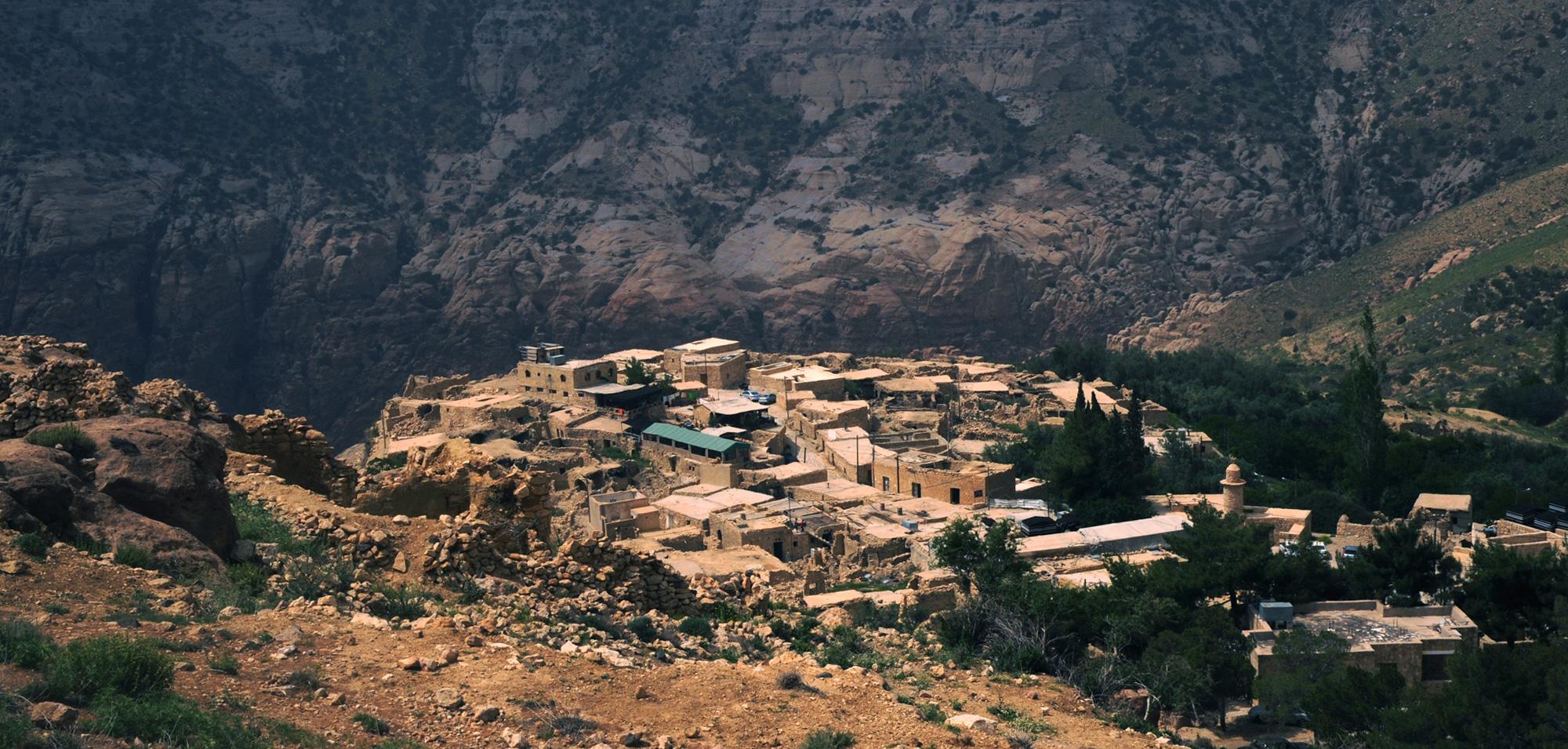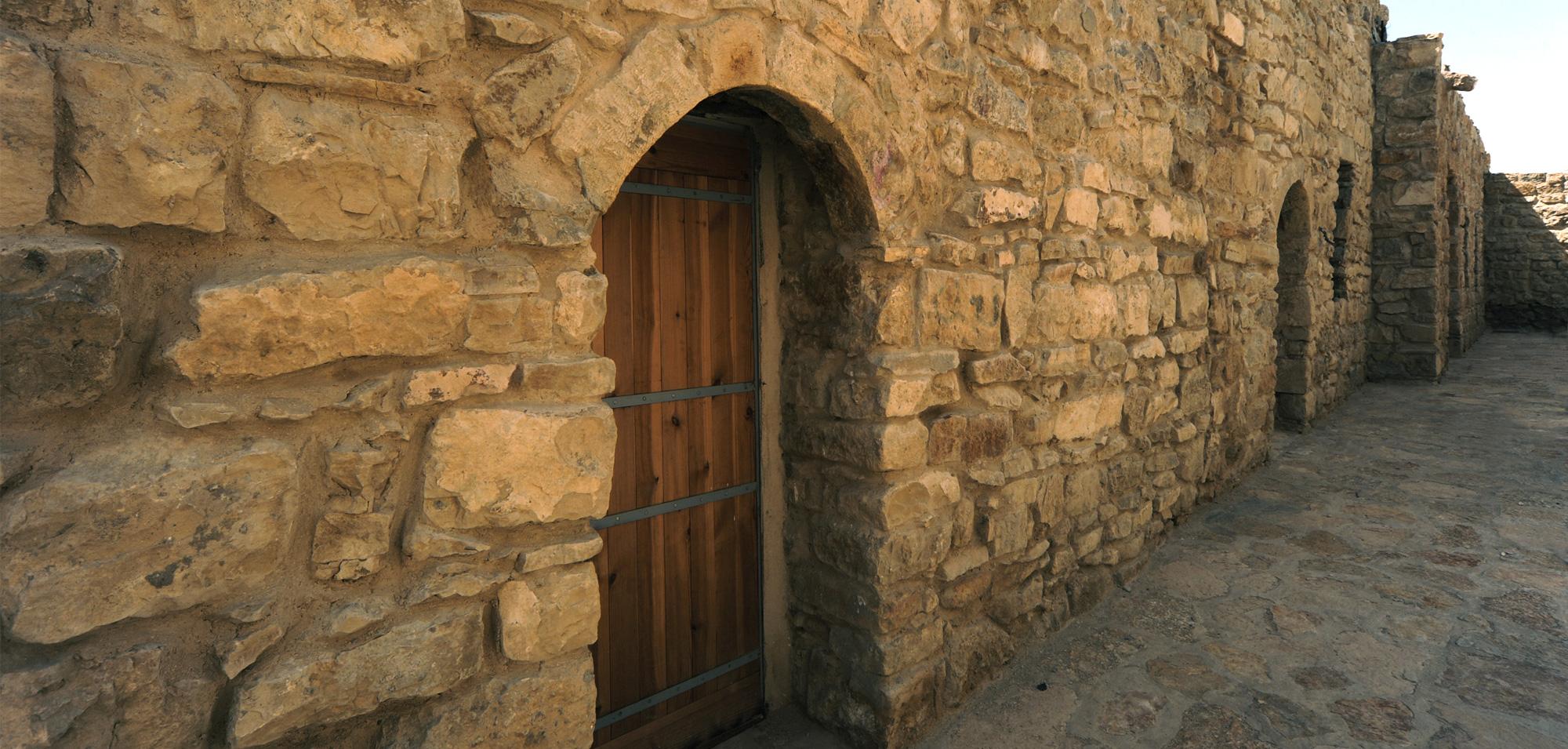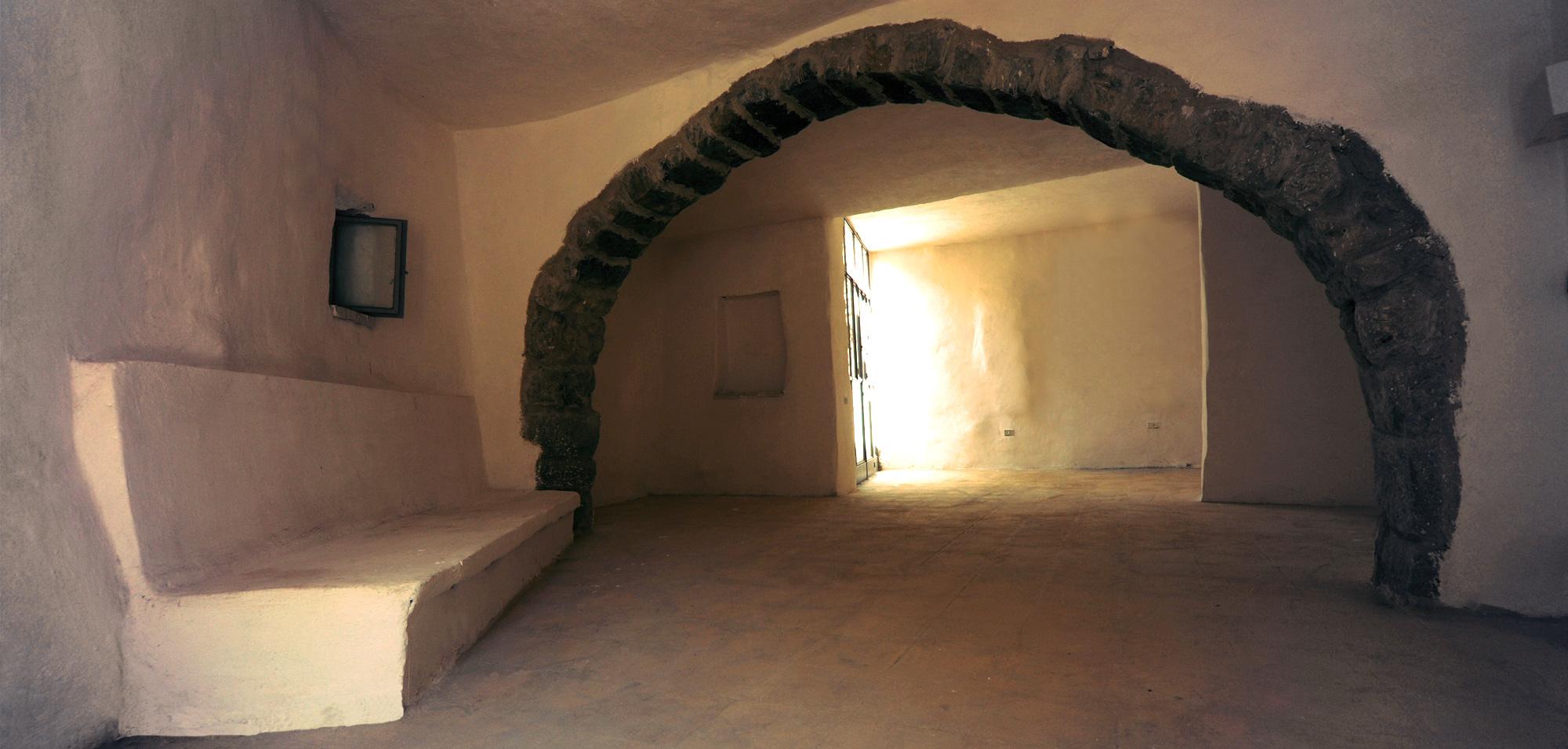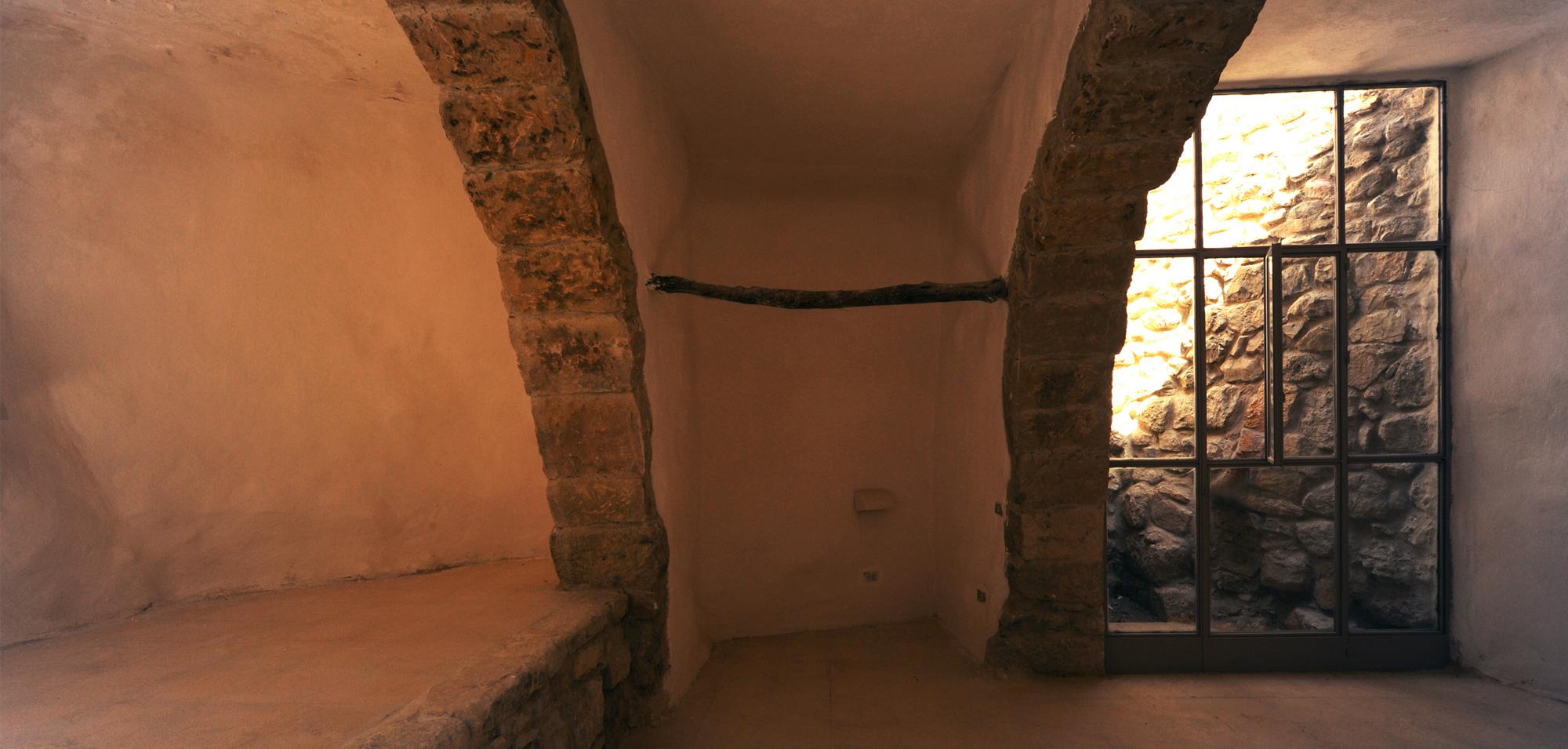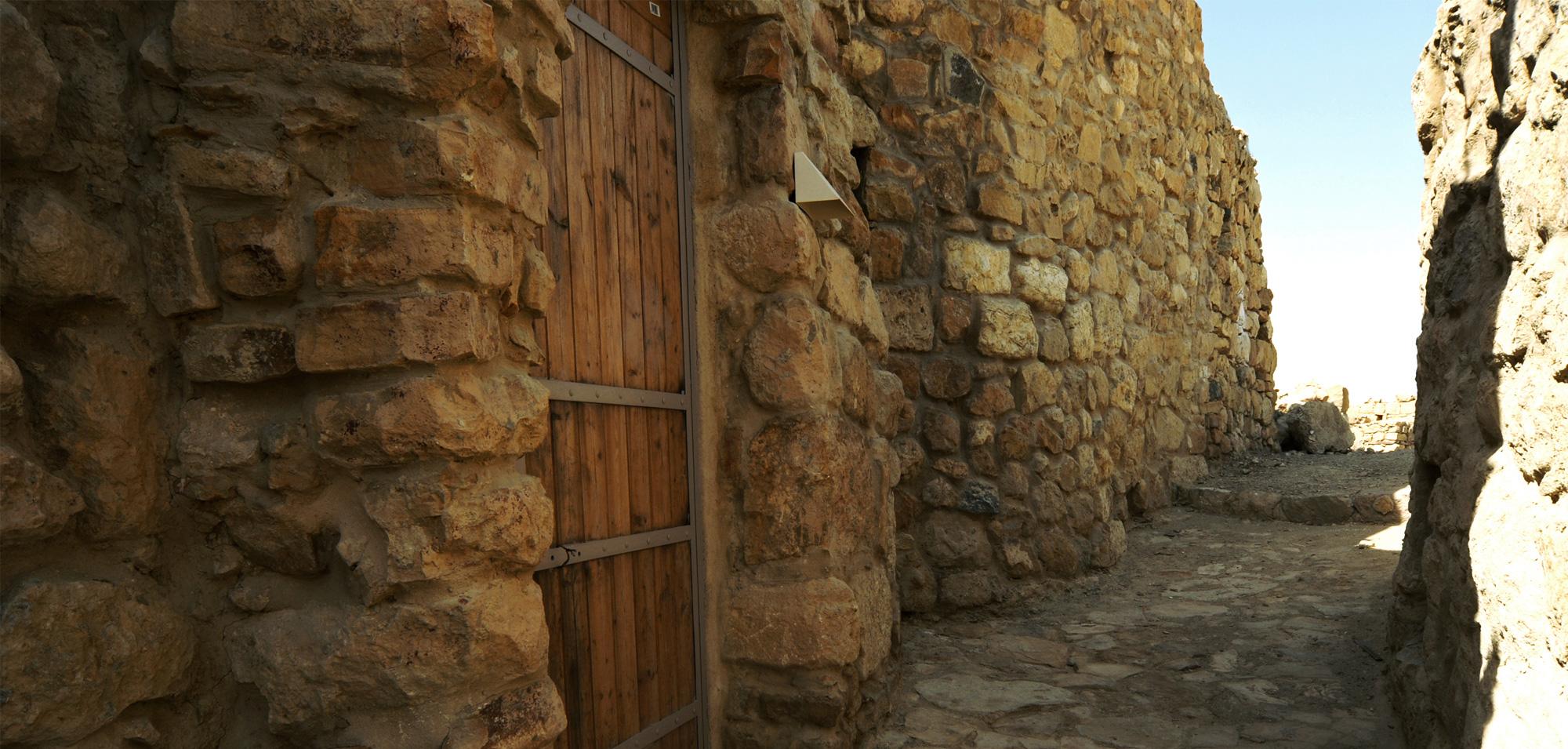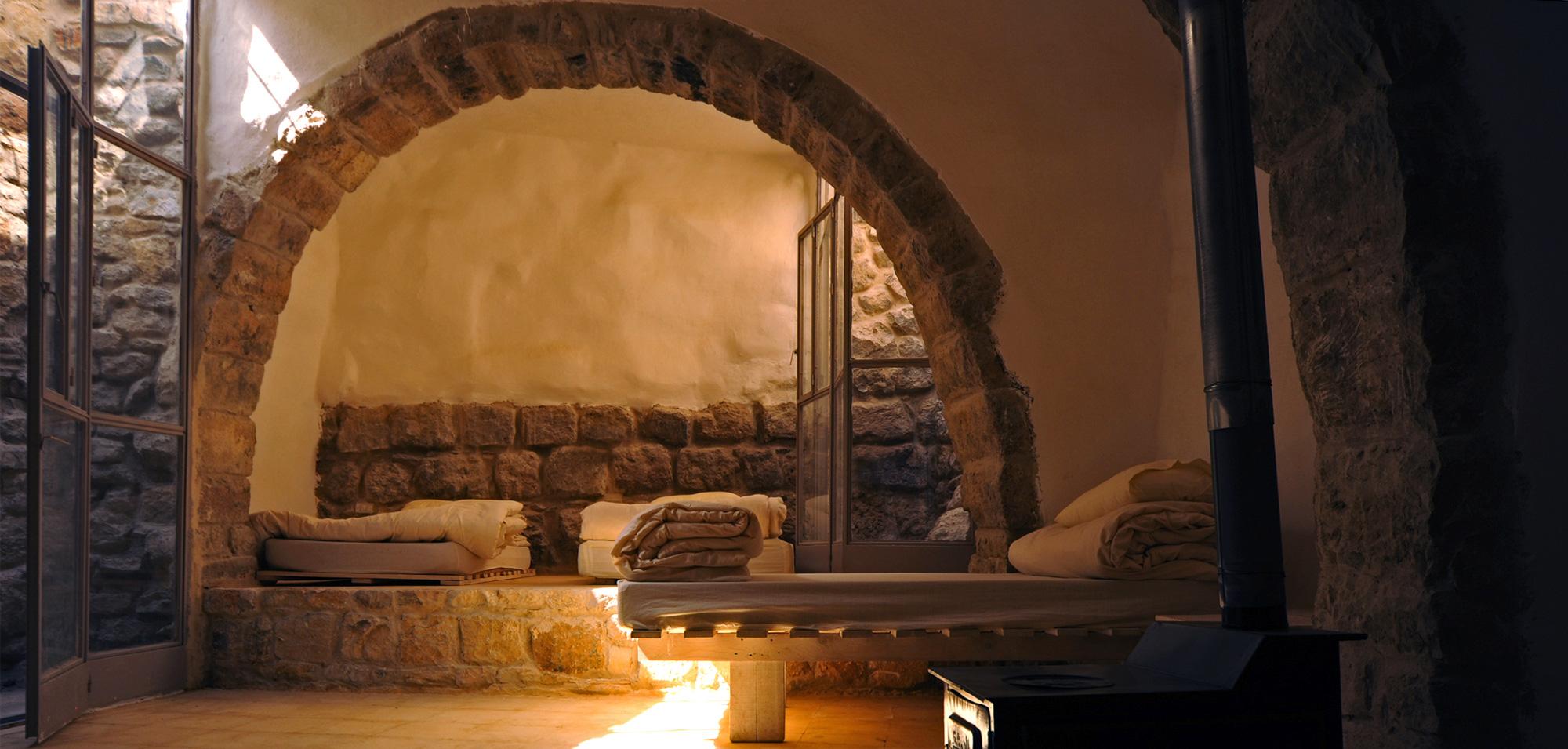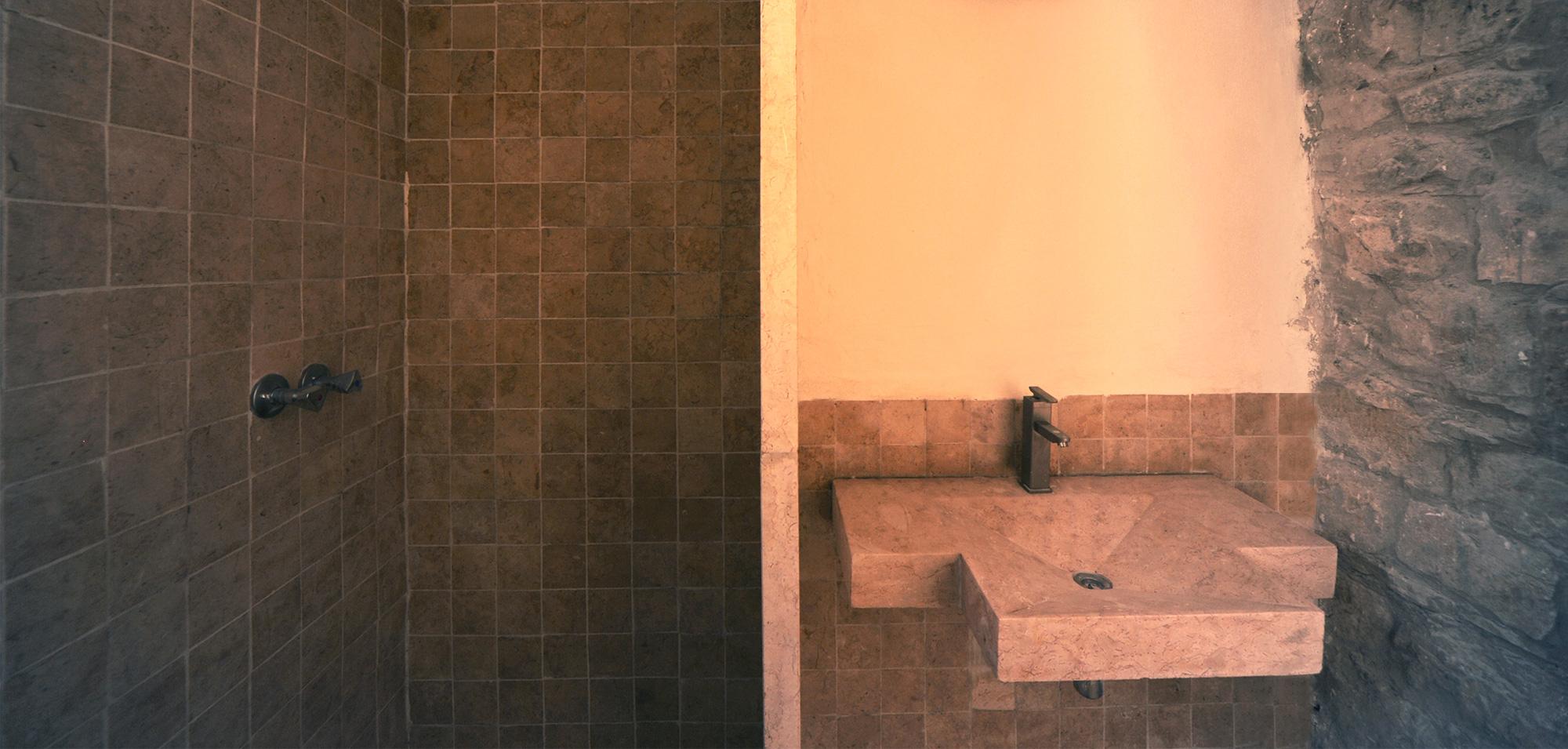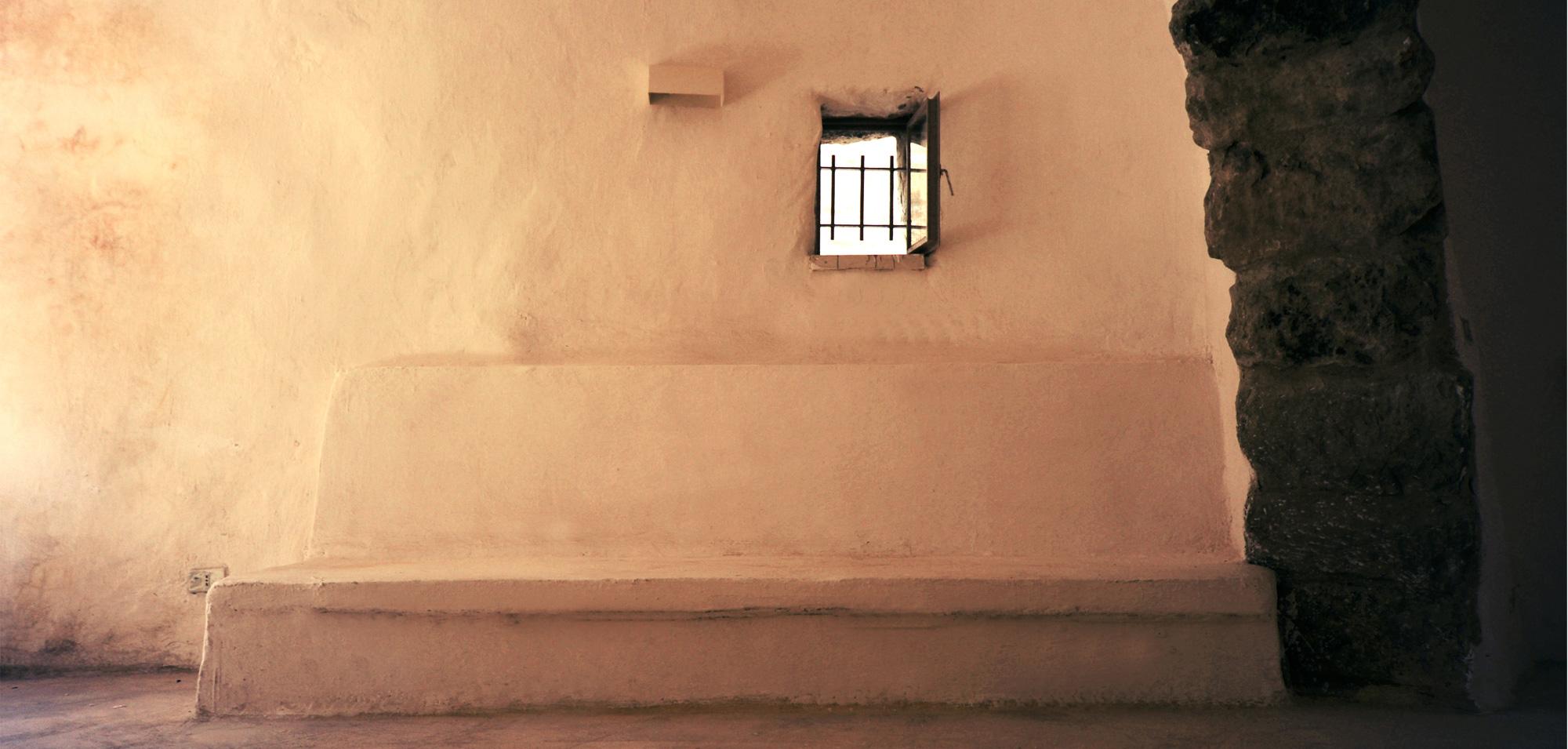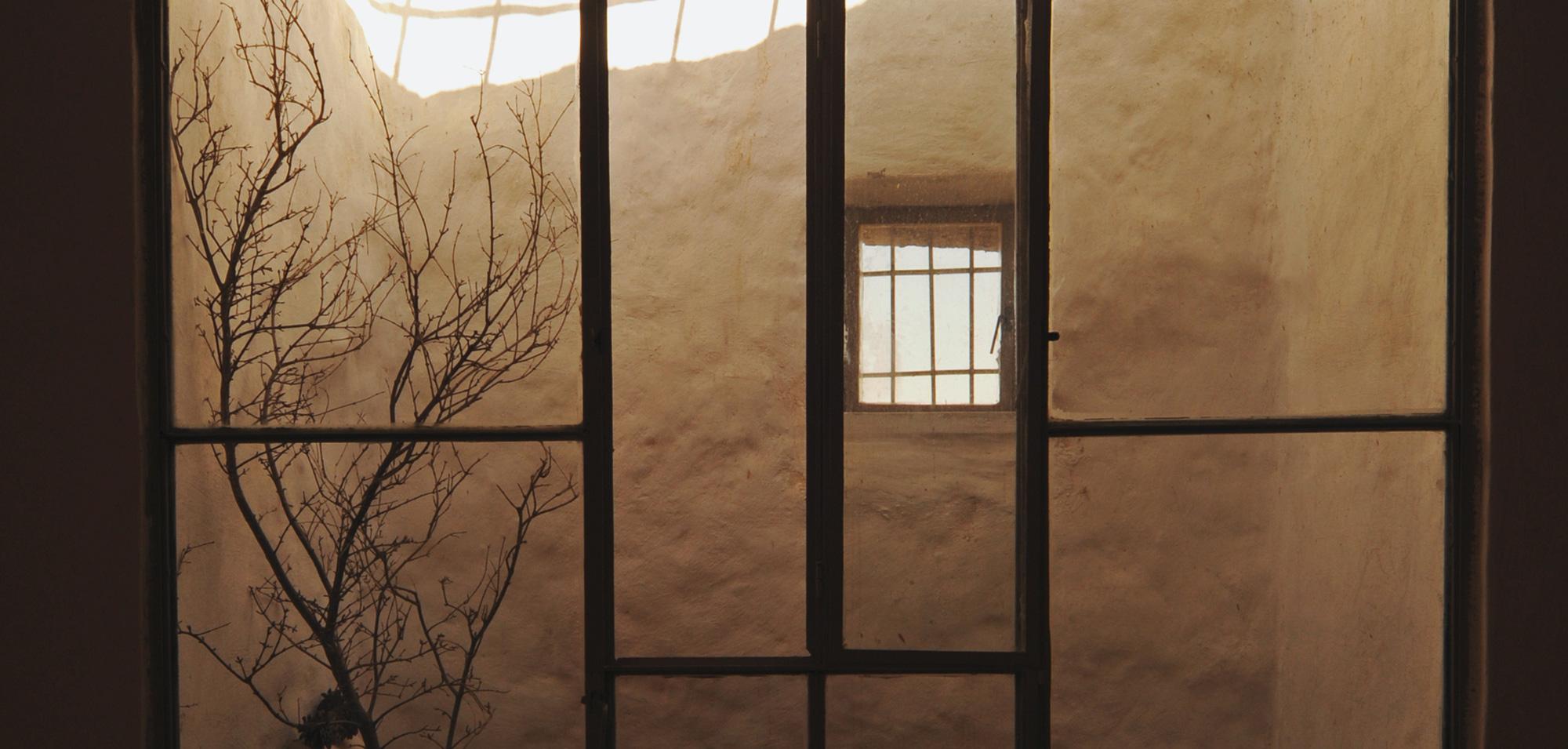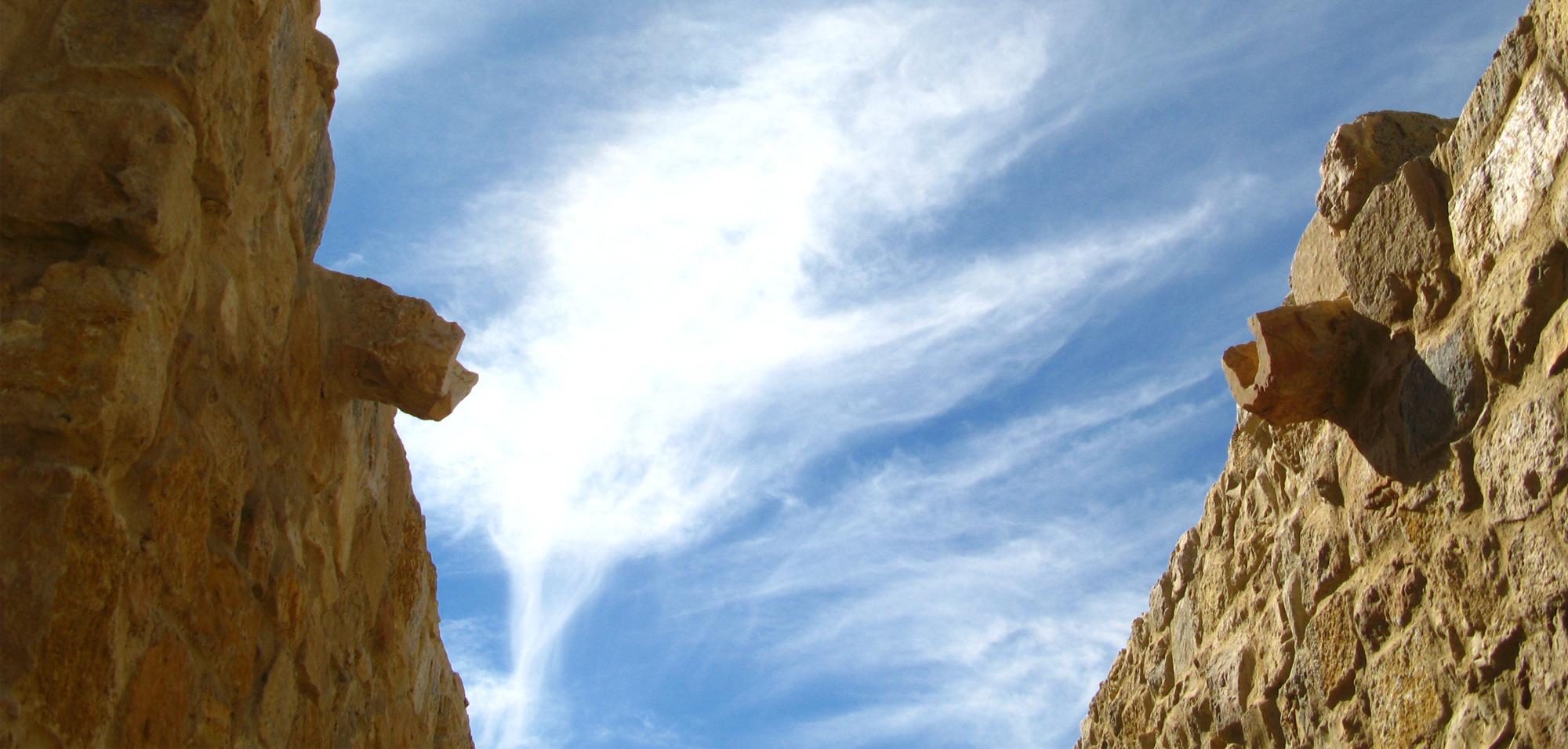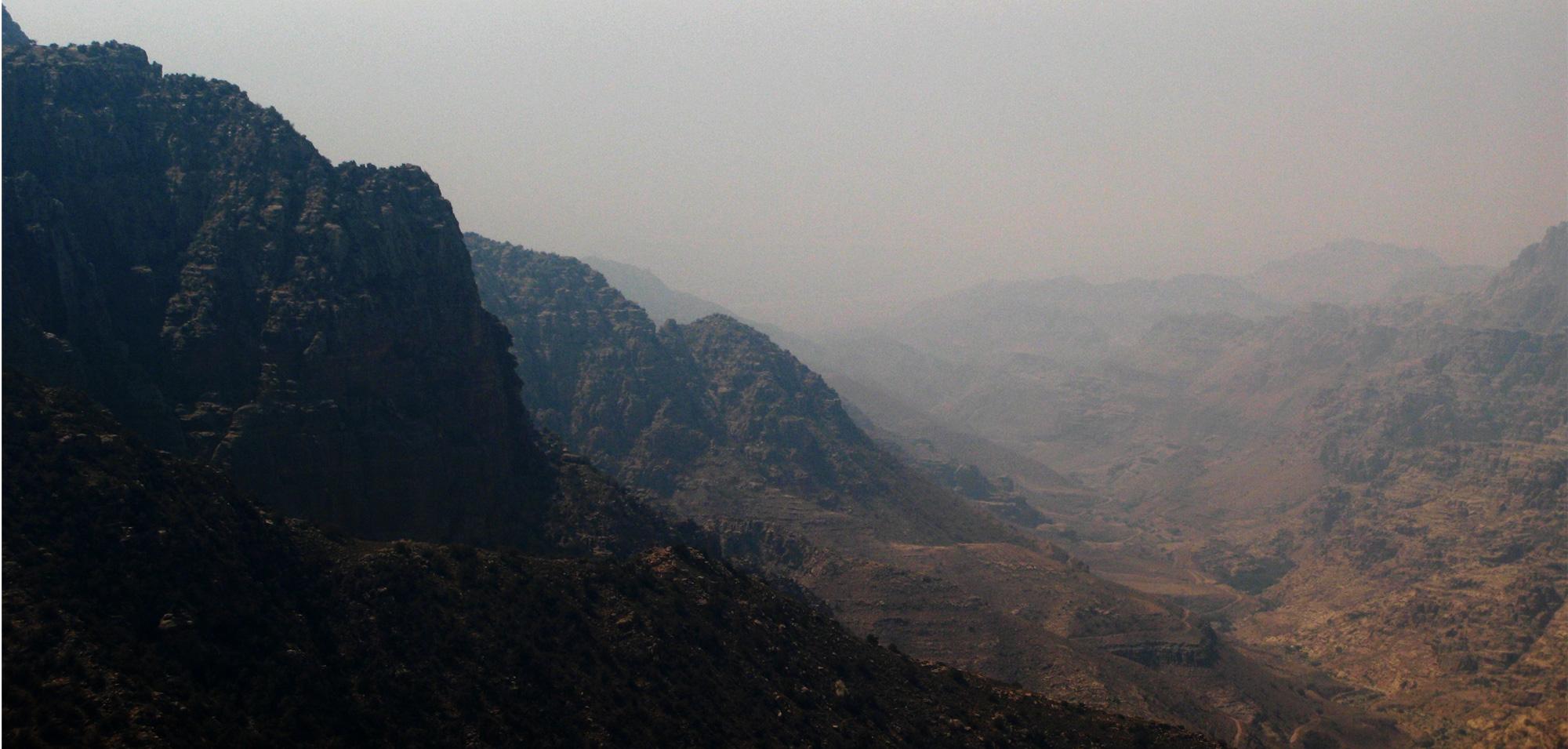Project Brief
Dana Village is a typical Jordanian village that dates from 1890s to 1930s, a period in which most Jordanian villages were built. The village sits on mountainous rocky cliffs across the Jordanian landscape parallel to the Great Rift Valley. Its architecture, like most of the Jordanian highland, was built with stone, forming simple cubic geometry with internal arches made to outspread large spans and support ceilings.
In 1960s -1980s, Dana village was deserted like most of the Jordanian villages around it, and it started to die off slowly. Being on the periphery of a nature reserve that attracts tourists, Dana was subject to negative development attempts as locals felt forced to forge heritage by adding fake additions. And so, a scheme was proposed to salvage the village and preserve it in a state where it would not develop wrongly, nor get torn down.
The Dana Village Restoration project is a community-based hospitality project that would be managed by the locals themselves. It responds to the tourism needs of the area and aims to renovate present traditional houses to accommodate tourists and visitors. The intervention intends to transform dark traditional houses with very small windows and out-houses into guestrooms that cater the needs of modern day tourism standards.
The village houses were tightly knit with mostly no free elevations, so openings were introduced in the already-present ceilings to provide light and ventilation while protecting the privacy of each dwelling. These openings range in size from very small light wells to small courtyards that can accommodate a seating area, and all are planted with trees and/or shrubs that are native to Dana Village.
There was a basic renovation process going on to accompany our intervention. In addition to the internal courtyards and light wells, private bathrooms were introduced for each of the guestrooms. The renovation simply included basic structural works in addition to infrastructure provisions for electricity, mechanicals and plumbing.
This project does not hold any architectural statements for the practice, the real architects of this project were the original builders of the village.
